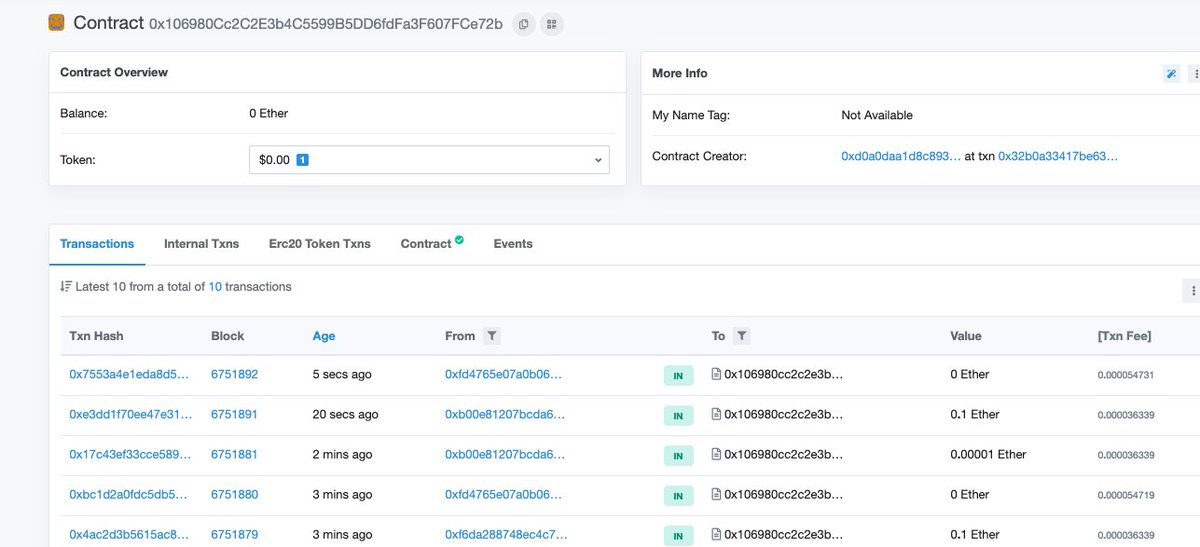
THORChain is not built to skirt rules, it's built to operate in a way that the rules are no longer applicable.
A centralised exchange has to follow KYC/AML because they hold user funds and have a legal relationship with their users.
Instead, THORChain is a protocol. /n
A centralised exchange has to follow KYC/AML because they hold user funds and have a legal relationship with their users.
Instead, THORChain is a protocol. /n
https://twitter.com/Marcpepe19/status/1325565481869316104
If you hold a Bitcoin UTXO that you can spend, you sign a tx and broadcast it. Individual Bitcoin miners can choose to not to process it, but they cannot stop it being eventually processed.
Bitcoin users do not have a relationship with miners, and miners don't hold funds.
Bitcoin users do not have a relationship with miners, and miners don't hold funds.
If you sign a tx spending Bitcoin into THORChain, it will get processed by miners, then witnessed by THORNodes into the state machine. Any THORNode can choose not to witness it, but they will get unavoidably slashed.
So it will eventually end up in the state machine.
So it will eventually end up in the state machine.
When it enters the state machine, THORChain will process a new block and generate a txOut. Any THORNode can choose to not process that block, but they will get skipped.
So the txOut will end up being generated.
So the txOut will end up being generated.
If the txOut is delegated to a Yggdrasil vault, the THORNode can choose not to send it, but 300 blocks later they will get slashed, and the txOut sent back to Asgard.
So the txOut will get prioritised.
So the txOut will get prioritised.
Asgard forces 67% of the nodes to process it. A THORNode can choose to not join, but they will get slashed.
So the txOut will get finalised and broadcasted back to Bitcoin.
So the txOut will get finalised and broadcasted back to Bitcoin.
If any THORNode does not like anything that happened above, or they don't like sending txOuts, or they are under pressure from local regs, they can leave at any time.
So it's not possible to censor or block any swaps on THORChain.
So it's not possible to censor or block any swaps on THORChain.
Thus THORChain operates similarly to Bitcoin or Ethereum.
THORChain is an unstoppable protocol that continually processes anything that is transacted on vaults that it is concerned about.
THORChain is an unstoppable protocol that continually processes anything that is transacted on vaults that it is concerned about.
KYC/AML does not apply to Bitcoin miners, instead it applies to the centralised services that transact on Bitcoin with users, such as Coinbase.
Thus KYC/AML does not apply to THORChain, instead it applies to any centralised service that operates on THORChain.
Thus KYC/AML does not apply to THORChain, instead it applies to any centralised service that operates on THORChain.
Indeed even open-source wallets that hold ASGARDEX keystores also are not applicable, since a non-custodial wallet is not a centralised service.
fincen.gov/sites/default/…
fincen.gov/sites/default/…

Thus THORChain, and any non-custodial wallets that interact with THORChain operate outside the rules. The rules simply don't apply because of how THORChain operates.
• • •
Missing some Tweet in this thread? You can try to
force a refresh










